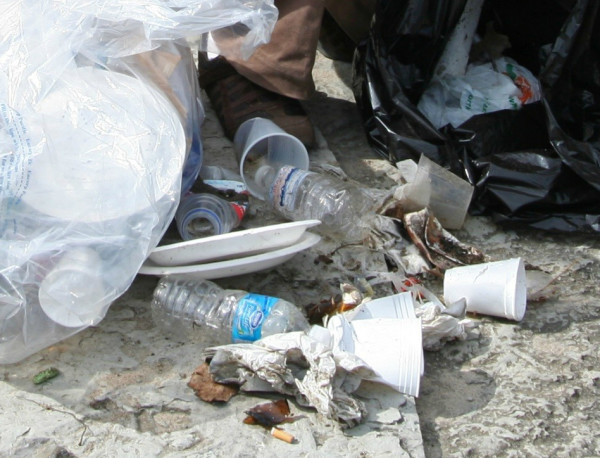Great Canadian Shoreline Cleanup: The Dirty Dozen
The Great Canadian Shoreline Cleanup encourages Canadians to tidy up our rivers, wetlands, lakes, and oceans. Join us for the Toronto Celebration event on September 19th or find another cleanup near you.
In 2014, more than 54,000 dedicated volunteers and supporters from across the country participated in the Great Canadian Shoreline Cleanup to tackle shoreline litter and aquatic debris. Together, we covered a distance of 2,563 kilometres of shoreline and collected 14,399 bags of garbage to help protect our shorelines. Take a look at the Dirty Dozen, a list of the 12 most commonly found items from cleanups last year.
1. Cigarettes/Cigarette Filters: 329,562 collected
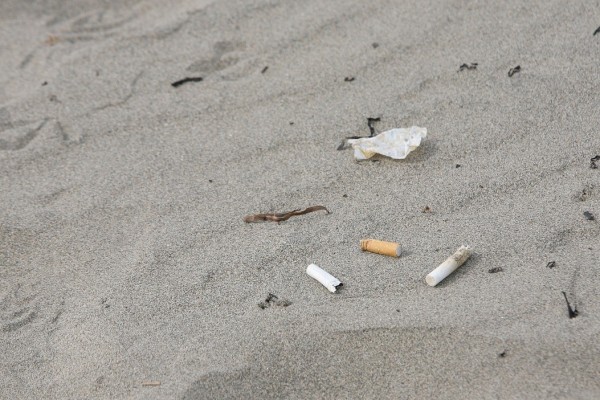
2. Food Wrappers: 75,768 collected

3. Plastic Bottle Caps: 37,994 collected
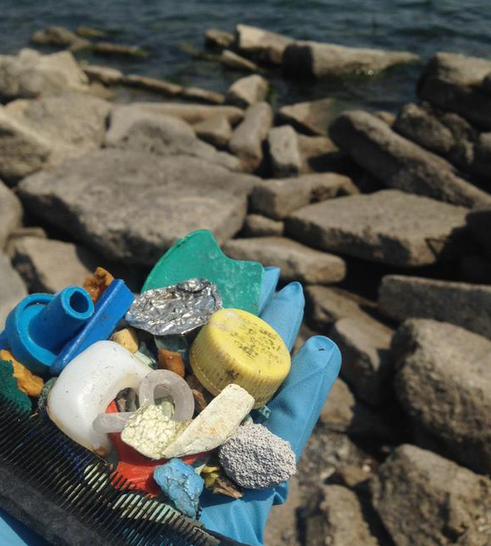
4. Plastic Beverage Bottles: 35,482 collected
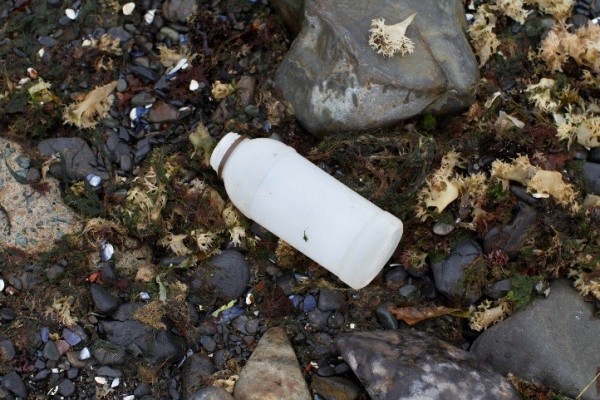
5. Beverage Cans: 27,500 collected
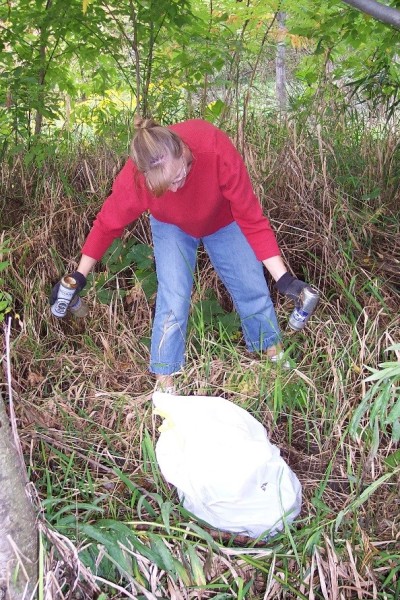
6. Foam or Plastic Packaging: 24,994 collected
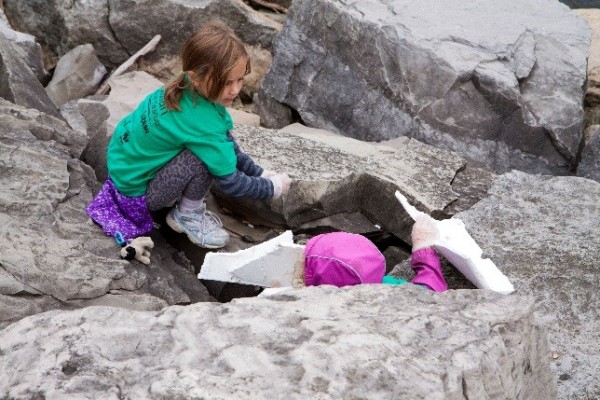
7. Straws and Stirrers: 24,482 collected
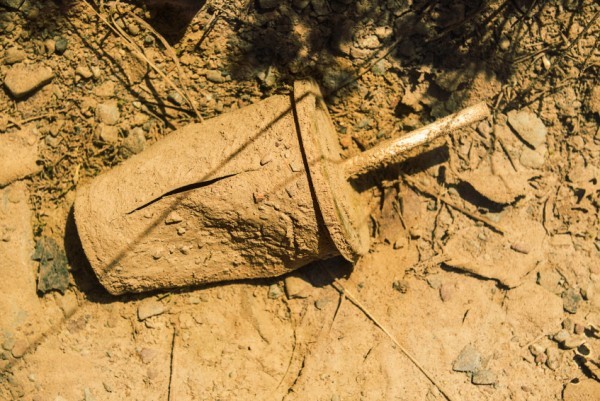
8. Other Plastic Bags: 23,296 collected
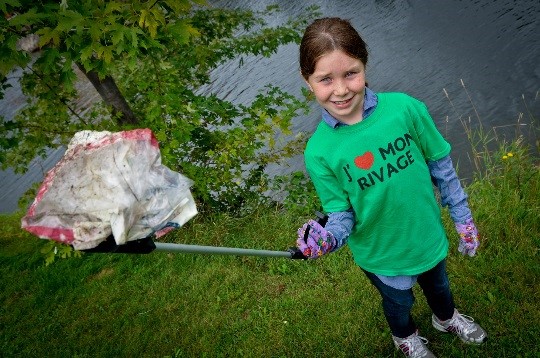
9. Metal Bottle Caps: 20,551 collected
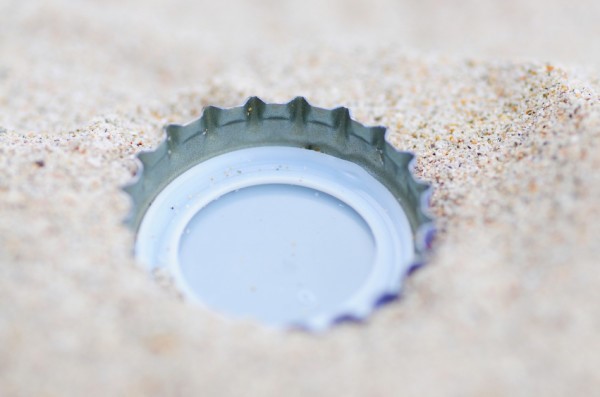
10. Plastic Lids: 20,077 collected

11. Plastic Grocery Bags: 18,232
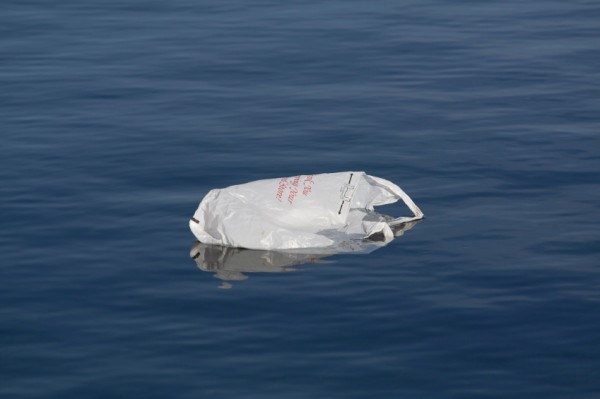
12. Paper Cups and Plates: 15,183 collected
When aquatic debris is non-biodegradable it cannot break down, making it one of the largest threats currently facing our waterways. Some small debris can slip right through our water treatment systems and end up back in our rivers and lakes. This is harmful to aquatic organisms, like fish, because if swallowed and not digested, it can accumulate in their stomachs, which can then pose a risk for larger species in the food chain.
Fortunately, this is a problem that you can help tackle hands-on. By participating in the Great Canadian Shoreline Cleanup, you can actually see the impact you’ve had over the course of a single day and know that you are helping keep ecosystems healthier and safer for people and wildlife. So what are you waiting for? Find a cleanup near you today!

